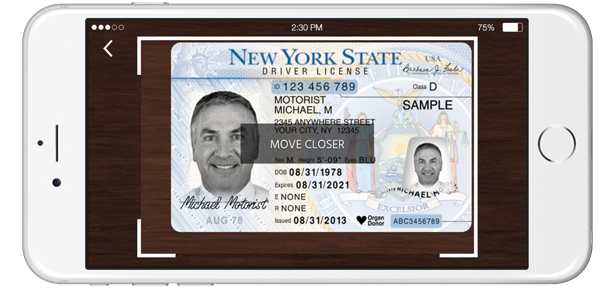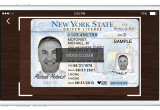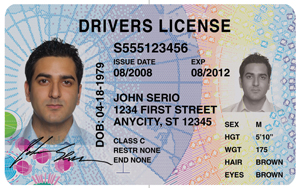Identity vetting with the mobile
Startup verifies driver liscense forensic features prior to digital credential issuance
21 November, 2016
category: Biometrics, Corporate, Digital ID, Financial
Online identity vetting is a tough nut to crack. Knowledge-based authentication is what most companies fall back to, but the preponderance of breaches and some people’s lack of credit history makes it far from perfect. To offer a more secure alternative, companies are working to enable verification and authentication of government-issued IDs for use online.
Confirm.io is trying to solve this problem using smartphones and government-issued documents that people are already carrying, says Bob Geiman, co-founder of the company. But how Confirm.io came to be was not exactly a straightforward path.
Geiman is also a managing partner at Cava Capital, a venture capital firm, which was working with Drizly, basically uber for alcohol delivery. In order to get licensing in different markets Drizly had to have a way to authenticate customer age before delivery.
For example, before using an alcohol delivery service an individual will scan their driver license, have it validated and use facial recognition to link the license holder to the scanned document
Advanced ID Detection, a company that had a desktop solution that scanned driver licenses and examined the forensic features, stepped in to fill this requirement. Drizly and Advanced ID worked together to build a mobile app that could use smartphones to authenticate more than 70 forensic features on a driver license.
That’s when the idea hit Geiman. “A lot of companies, Internet based and traditional businesses, require consumers to authenticate identity and would like to start enrolling people digitally,” he explains. “How do you enroll physical documents into a digital enrollment process?”
Confirm.io came from this idea and lead Geiman and his partners to buy Advanced ID Detection. They then built an SDK and API that would take the mobile authentication capability and put it in the cloud so that other companies could build the functionality into their apps.
Now a company can build the mobile driver license certification system into their own mobile apps. For example, before using the mobile alcohol delivery service an individual will scan their driver license, have it validated and possibly even use facial recognition to link the license holder to the scanned document.
The facial recognition addition is due to a partnership with MorphoTrust, Geiman says. The companies have combined efforts to release mobile SDKs and APIs for developers requiring advanced user verification and mobile facial recognition. Use cases include the verification of identity documents in mobile customer experiences and the use of biometrics for user authentication in high-trust transactions.
With data breaches on the rise, Geiman sees more opportunities for using documents people already have to authenticate their identity. “By incorporating document authentication of government-issued IDs, you make it harder for people to execute fraud at scale,” he explains.
Confim.io is having discussions to provide identity authentication to certificate issuers as part of a tokenized identity scheme, Geiman says. “This could be part of a broader strategy to tokenize physical IDs to use in the digital world.”




